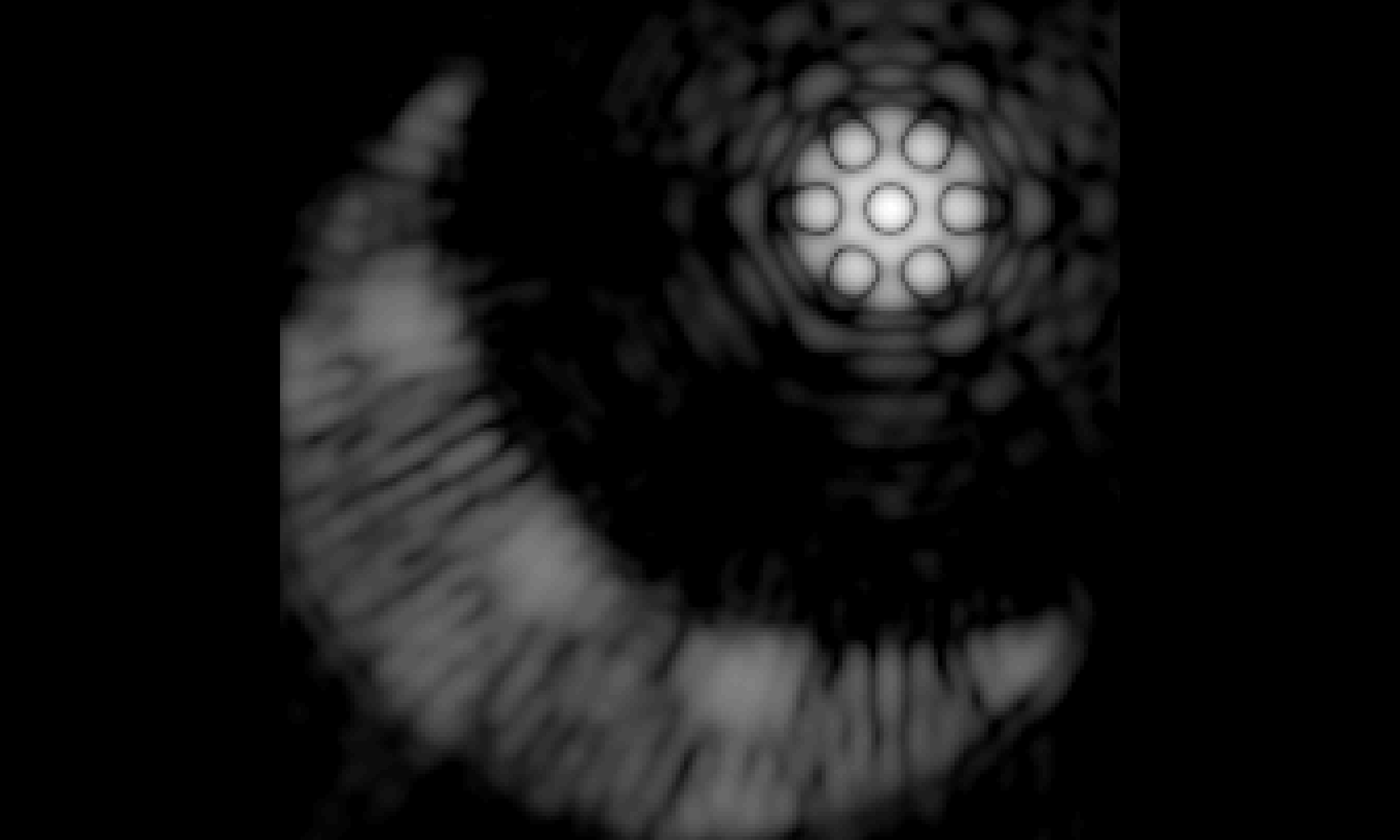Papers
NASA ADS Library of SIT Publications and Conference Abstracts
Datasets
| Resource | Description | Source |
| Reflection Spectra Repository for Cool Giant Planets | This repository contains 65520 model reflection spectra of cool giant planets. The grid explores the influence of metallicity, gravity, effective temperature, and sedimentation efficiency on H2O absorption signatures in giant planet atmospheres. We also include two animations to visualise how the prominence of H2O absorption evolves over this parameter space. (Supplement to MacDonald et al 2018 ApJ 858 69.) | https://zenodo.org/record/3470301 |
Jupiter/Neptune Hybrid & CoolTLusty Models for Cool Giant Planets | These two datasets offer model reflection spectra for cool giant planets inspired by the solar system’s gas giants. The ‘hybrid’ models empirically describe cool giant spectra as a superposition of the observed geometric albedo spectra of Jupiter and Neptune. The CoolTLusty models investigate how the reflection spectrum of a planet with Jupiter-like clouds and hazes changes with metallicity. The models are described in Lacy et al. 2019 AJ 157 132. | https://github.com/blacy/direct-imaging-sims/tree/master/Models/HybridModels https://github.com/blacy/direct-imaging-sims/tree/master/Models/CoolTLustyModels |
| Model Spectra for Self-luminous Roman-CGI Targets | A series of model planet-star flux ratios for 12 self-luminous planets and brown dwarfs constituting potential targets for Roman-CGI observations: 51 Eri b, β-Pic b, HD 206893B, HD 95086b, HD984B, HIP 65426b, HR2562B, HR 3549B, HR 8799c, HR 8799d, HR 8799e, and κ-And b. The model spectra were computed with the self-consistent atmosphere and radiative transfer code CoolTLusty. Each target has a solar metallicity clear atmosphere, while several targets additionally have super-solar metallicity and/or cloudy models. The models are described in Lacy & Burrows 2020 ApJ 892 151. | https://github.com/blacy/direct-imaging-sims/tree/master/Models/ModelSpectra_SelfLum_Roman-CGI_Targets |
Sonora Bobcat Model Grid for Cloud-free Substellar Objects | An extensive collection of temperature-pressure profiles, emission spectra, photometric fluxes, evolution tracks, and rainout equilibrium composition tables for non-irradiated cloud-free substellar objects. The Sonora Bobcat models are applicable to self-luminous extrasolar planets and brown dwarfs—ranging from 0.5–85 Jupiter masses—with cloud-free atmospheres in chemical equilibrium. The model grid covers a wide range of effective temperatures, gravities, metallicites, and carbon-to-oxygen ratios. The models are described in Marley et al. 2021 ApJ (in press). | https://zenodo.org/record/5063476#.YWB2RbzMJhF |
Color Classification Database for Extrasolar Giant Planets | This database contains 9,120 model reflection spectra of extrasolar giant planets. The models cover giant planets with semi-major axes from 0.5–5.0 au and a Jovian gravity across a wide range of metallicities, cloud properties, and phase angles. A GitHub repository accompanies the model database, containing notebooks to reproduce the color-color analysis from Batalha et al. 2018 AJ 156 158. | https://zenodo.org/record/2003949#.YWBuebzMJhH https://github.com/natashabatalha/colorcolor |
| Circumstellar Disk Models for Use with Roman Space Telescope Coronagraph Instrument Data Simulations | The Nancy Grace Roman Space Telescope Coronagraph Instrument will be the first high-performance stellar coronagraph using active wavefront control for deep starlight suppression in space, enabling the detection of faint interplanetary dust structures present in the habitable zone of nearby (within 10 pc) Sun-like stars. Simulations at 0.03 AU resolution of dust disks at 10 pc have been produced by the Science Investigation Team, with resampled 21 mas pixels, and convolved with publicly available field-dependent PSFs of the Roman Space Telescope Coronagraph Instrument Hybrid Lyot Coronagraph (HLC) mask and Wide Field of View Shaped Pupil Coronagraph (SPCWIDE) mask designs. The resulting simulation files are appropriate for insertion into simulated observing scenarios for the Roman Space Telescope Coronagraph Instrument, and cover two possible types of disks: narrow disk rings similar to the circumstellar debris disk HR 4796A, and disk annuli with radial dust density power-laws that approximate the density distribution of the Solar System zodiacal cloud. These models are described in Mennesson et al. 2018, Proc. SPIE, 10698. | https://wfirst.ipac.caltech.edu/sims/Circumstellar_Disk_Sims.html |
Simulation Tools
| Resource |
Application | URL |
|---|---|---|
| Observing Scenarios | Complete Observation Simulation | IPAC website |
| PROPER Models of Roman | Diffraction Simulation | GitHub Repository |
| FALCO | Coronagraph Simulation | GitHub Matlab Repository,GitHub Python Repository |
| Lightweight Coronagraph Simulator | Coronagraph Simulation | GitHub Repository |
| CZT-based Optical Propagation | Diffraction Simulation | GitHub Repository |
| WebbPSF | Diffraction Simulation | GitHub Repository |
| MSWC | Binary Star Simulation | GitHub Repository |
| EXOSIMS | Mission Simulation | GitHub Repository |
| Imaging Mission Database | Mission Planning | PlanDB.sioslab.com |
| Coronagraph-convolved Debris Disks | Disk Simulation | IPAC website |
| Known debris disk simulated scenes | Disk Simulation | IPAC website |
| direct-imaging-sims + model spectra | Target simulation | GitHub Repository, Princeton Website |
| Giant planet albedo spectra | Target simulation | IPAC website |

